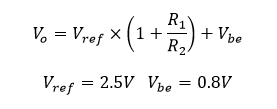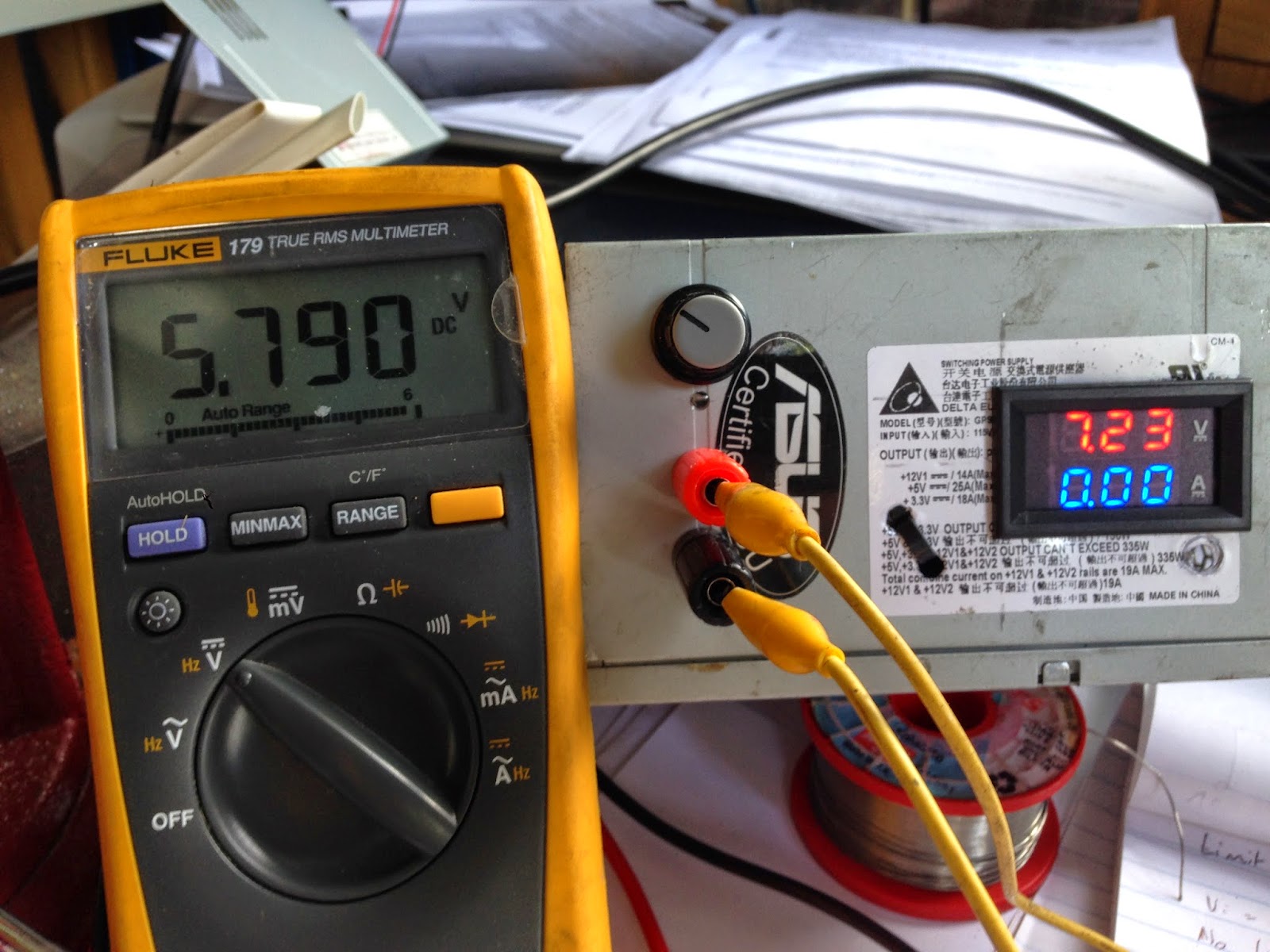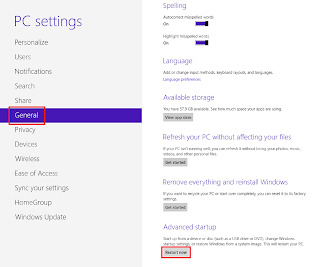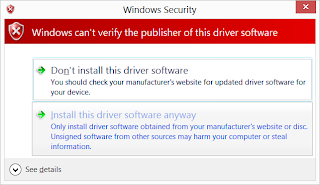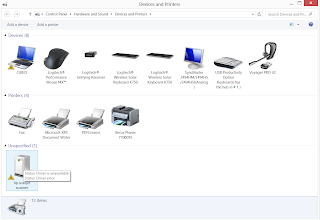Recently I purchased an electric bike kit. I wanted to try out the torque sense system in a Chinese mid-mounted motor setup.
I have all the bike tools I could possibly need and plenty of electronics knowledge.
One thing I have learnt about myself is that a love a great deal! To that end I decided to go with a kit rather than a complete bike and to order direct from China using AliExpress. I ordered the VLCD5 + TSDZ2 electric bike kit (no battery) from Pswpower and Samsung cell battery from another seller to get the best deal on each.
The battery took about 4 weeks to arrive. The delay was in part due to 1 week for assembly (I guess they are made to order?) plus a mysterious 2 week delay after arriving in Australia (security measures for battery imports?). The order from Pswpower arrived in an impressive 4 days! However, my feelings about the 2 AliExpress vendors were soon to be reversed.
The electric bike kit remained in the box for 3 weeks while I waiting for the battery to arrive. When the battery finally arrived I installed the kit. I found I had to fabricate a custom aluminium bracket to suit my bike frame, but for me this was all part of the fun! Overall installation was easy.
First problem I encountered was speed display quickly shot up to 99.9km/h at walking pace.
My oscilloscope confirmed the speed sensor hall effect device was faulty. Multiple pulses from the sensor during single pass of the magnet.
When I contacted Pswpower about the faulty sensor I was told I had to pay for a replacement sensor.
When I pushed for the item to be replaced under warranty I received this:
But I had more issues. I frequently saw E04 error and the system stops working altogether.
Confusing wording in initial response from Pswpower left me curious.
At least the next response was clearer.
I asked again for warranty replacement from Pswpower and I received:
Hmm... maybe a template response?
That's where I am today. AliExpress buyer protection has expired too so I am not able to open a dispute via the AleExpress website. I am left with a completely unusable electric bike and a seller that won't honour their warranty.
My advice: Don't buy from Pswpower.
































